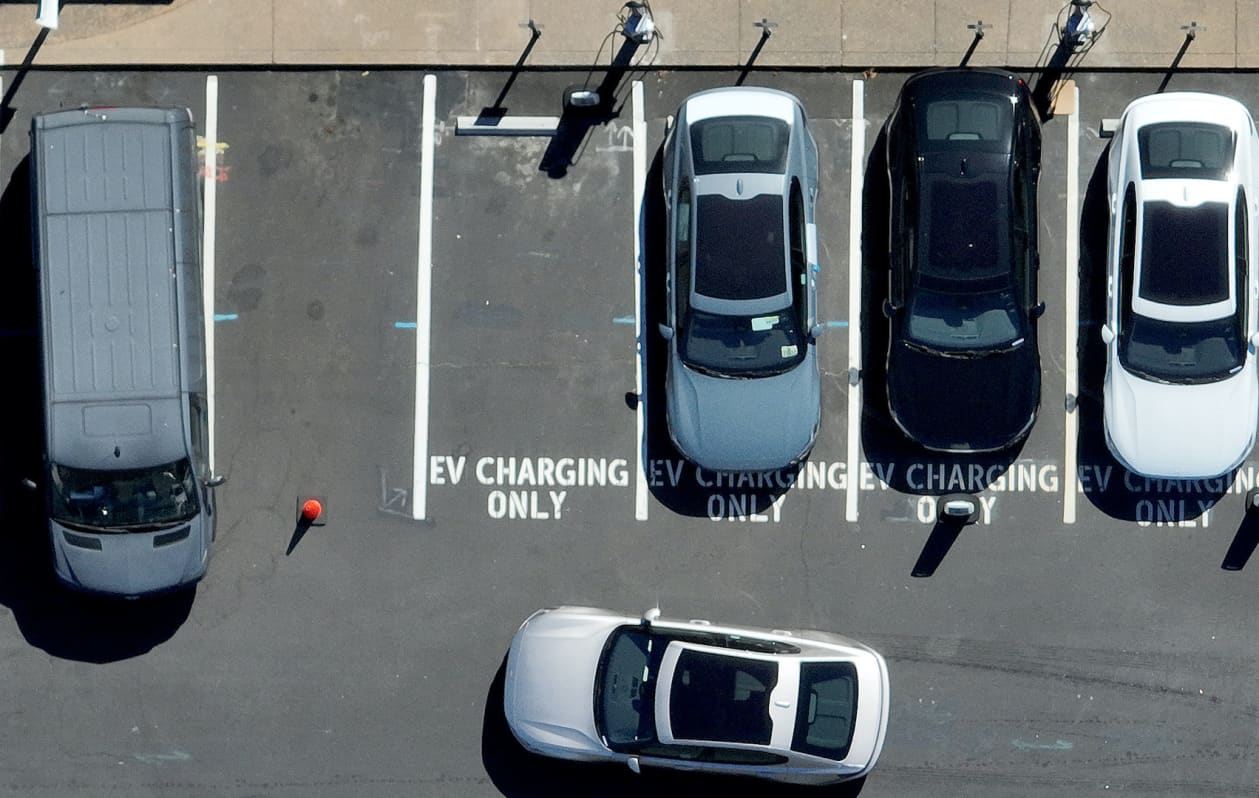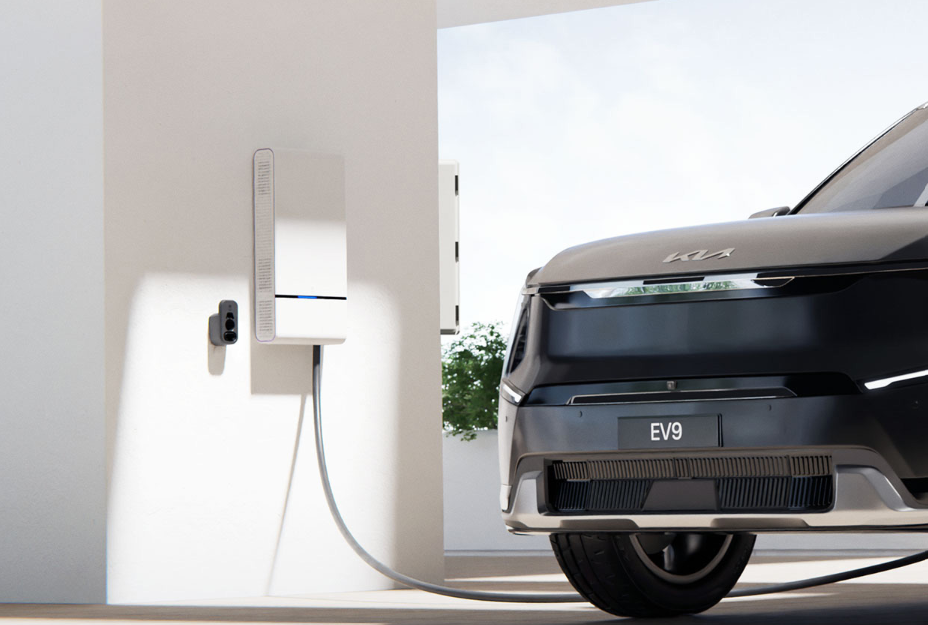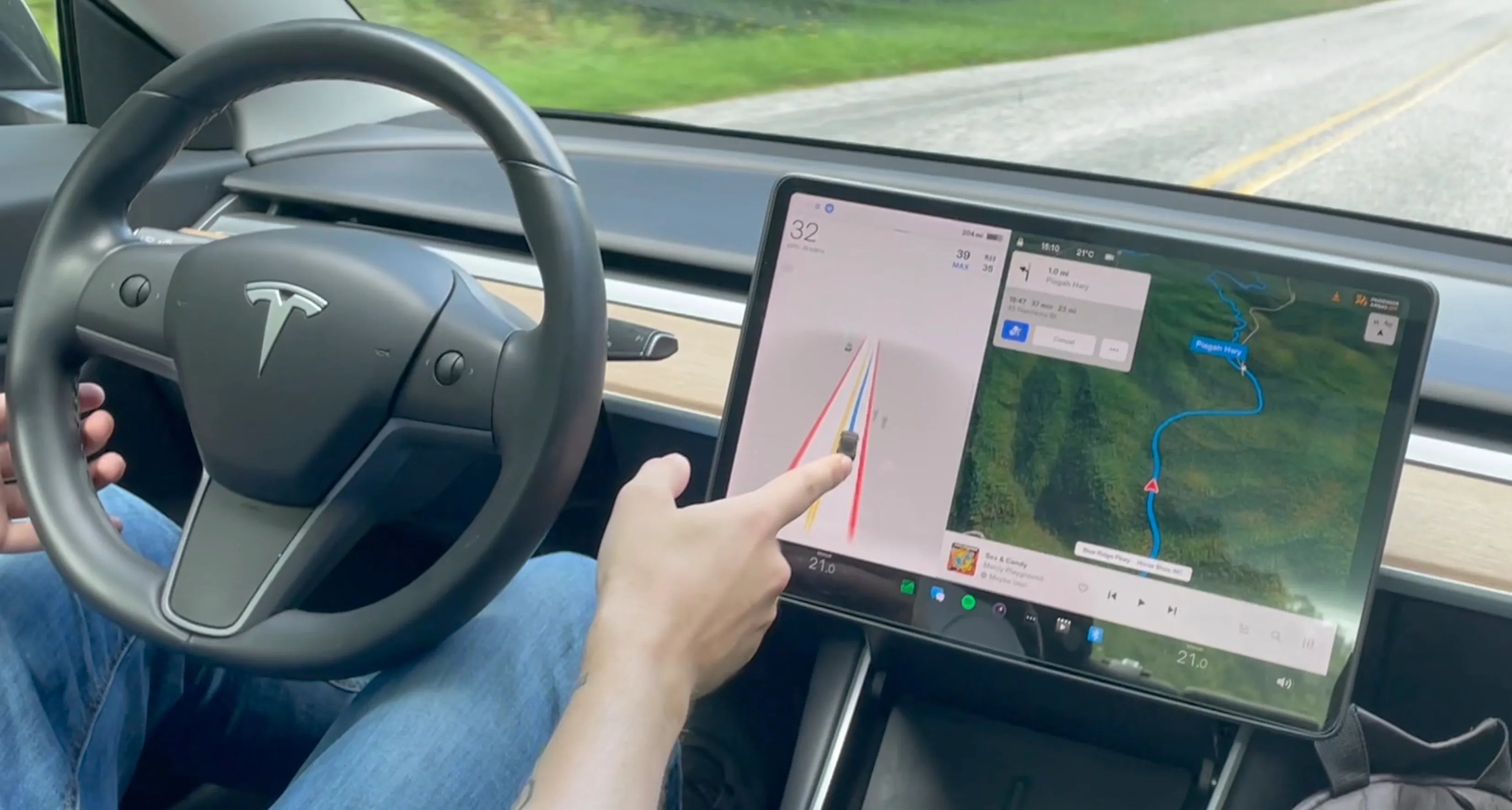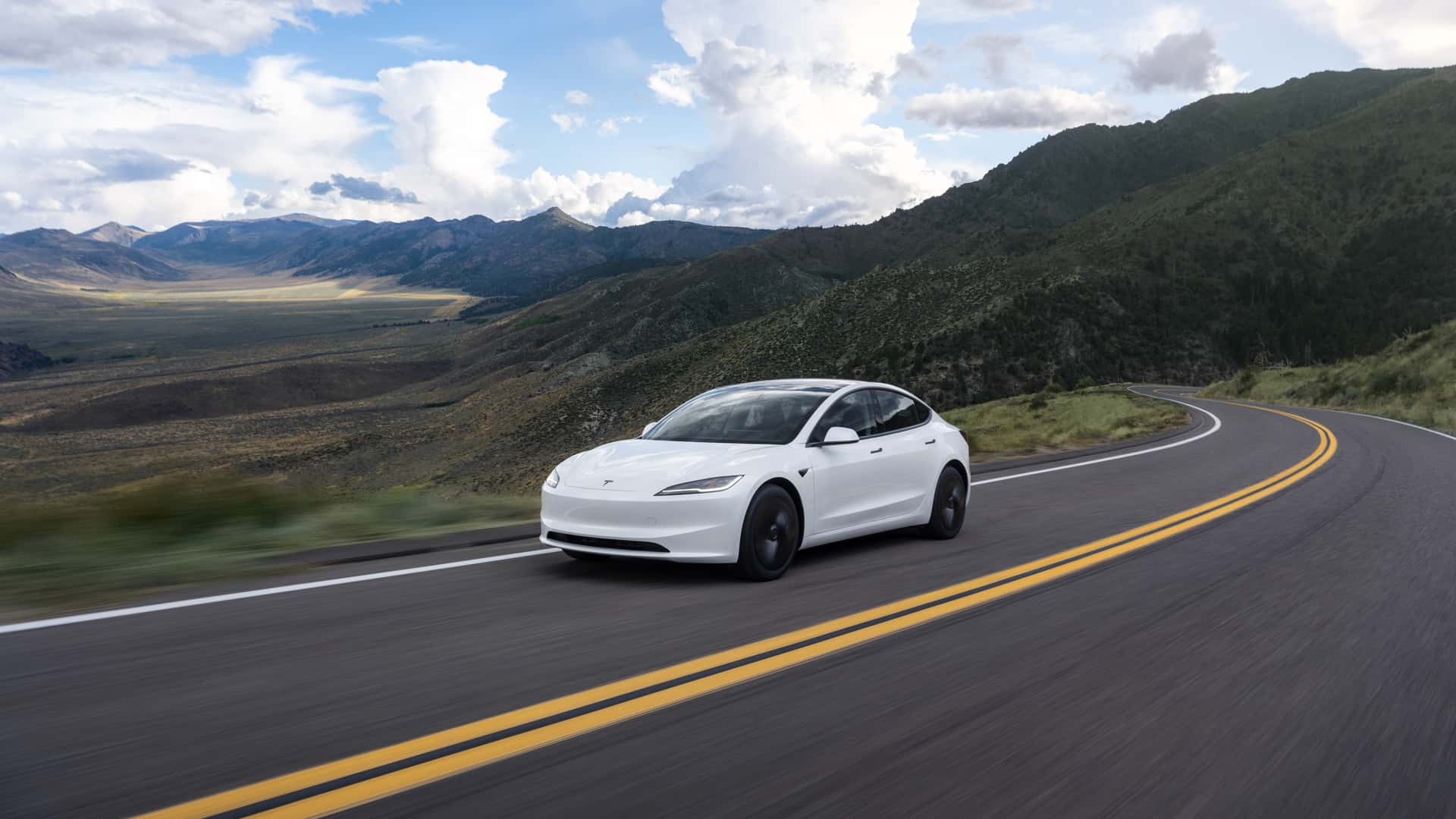As electric vehicles (EVs) become increasingly common, public and shared charging stations are busier than ever. While EV adoption is a win for sustainability, poor charging etiquette can strain relationships with fellow drivers and neighbors, especially in shared spaces like apartment complexes, workplaces, or public lots. From hogging chargers to ignoring basic courtesy, certain habits can frustrate others and hinder the EV community’s growth. This blog outlines 10 charging habits that annoy your neighbors and offers practical solutions to foster a more considerate EV ecosystem, with insights on portable chargers and NEMA standards.
1. Hogging the Charger Beyond Full Charge
Leaving your EV plugged in long after it’s fully charged is a top complaint at public stations. With charging spots often limited, this habit delays others who may urgently need the charger. Many EVs stop drawing power at 100%, but the spot remains occupied, causing frustration.
Solution: Set a reminder to move your vehicle once it’s charged, or use apps that notify you when charging is complete. Many modern chargers, including those compatible with NEMA connectors like the NEMA 14-50 for Level 2 charging, support smart features that alert users.

2. Parking Incorrectly or Taking Multiple Spots
Parking sloppily—taking up two charging spots or blocking access to a charger—irritates others. This is especially problematic in busy public stations where spaces are at a premium. EVs often require specific alignment to reach the charging port, but that’s no excuse for poor parking.
Solution: Park carefully within the lines, ensuring your vehicle only occupies one spot. If the cable doesn’t reach, consider using a portable charger for more flexibility, especially in tight spaces.
3. Unplugging Someone Else’s EV Without Permission
Unplugging another EV to charge your own is a major breach of etiquette. It’s not only rude but can also disrupt someone’s schedule, especially if they’re relying on the charge for a long trip. This habit is more common at stations with limited NEMA-compatible Level 2 chargers, where demand is high.
Solution: If a charger is occupied, wait your turn or find another station. If it’s an emergency, leave a polite note with your contact info, but never unplug without consent.
4. Ignoring Charging Time Limits
Many charging stations, especially in workplaces or apartment complexes, have time limits to ensure fair access. Ignoring these rules—such as leaving your EV plugged in for hours when the limit is 2 hours—frustrates others waiting for their turn.
Solution: Adhere to posted time limits. If you need a longer charge, consider using a portable charger at home with a NEMA 14-50 outlet for overnight charging, reducing reliance on shared stations.

5. Leaving Cables in a Mess
Failing to properly coil or stow charging cables after use creates hazards and annoys the next user. Tangled or ground-strewn cables can trip pedestrians or get damaged, especially at public stations with heavy foot traffic.
Solution: Always return the cable to its holder neatly. This is a simple act of courtesy that keeps the station safe and functional for everyone.
6. Charging at Peak Hours When Not Urgent
Charging during peak hours—like midday at a busy public station—when your battery isn’t low can clog the system. This is particularly frustrating for drivers who need a quick top-up to continue their journey.
Solution: Charge during off-peak hours if possible, such as early mornings or late evenings. For urgent top-ups, a portable charger can be a lifesaver, allowing you to charge at home or less busy locations using a NEMA outlet.
7. Not Communicating in Shared Spaces
In shared charging setups, like apartment complexes, failing to communicate your charging schedule can lead to conflicts. For example, if you consistently charge during someone else’s preferred time slot without discussion, tensions can rise.
Solution: Coordinate with neighbors to establish a fair schedule. Many EV communities use group chats or apps to manage shared NEMA-compatible chargers, ensuring everyone gets access.

8. Using DC Fast Chargers for Small Top-Ups
DC fast chargers, designed for rapid charging, are often misused for small top-ups (e.g., from 70% to 80%). This ties up high-demand chargers meant for drivers needing significant range quickly, such as long-distance travelers.
Solution: Reserve DC fast chargers for when you need a substantial charge (e.g., below 20%). For minor top-ups, use a Level 2 charger or a portable charger at home, many of which are compatible with NEMA 14-50 outlets for efficient charging.
9. Ignoring Charger Compatibility
Not all EVs are compatible with every charger. For instance, using a charger that doesn’t match your vehicle’s connector (e.g., CCS vs. CHAdeMO) can waste time and block the spot for others. This is a common issue at stations with mixed NEMA and DC fast charging options.
Solution: Know your EV’s charging requirements and check the station’s compatibility before plugging in. Apps like PlugShare can help identify suitable chargers nearby.
10. Failing to Report Issues
If a charger malfunctions—whether it’s a public DC fast charger or a shared Level 2 station with a NEMA connector—and you don’t report it, the next user suffers. Broken chargers lead to delays and frustration, especially in high-traffic areas.
Solution: Report issues immediately to the station operator or property management. Many charging networks have apps or hotlines for quick reporting, ensuring the infrastructure remains reliable.

Building a Better EV Community
Charging etiquette is about more than avoiding annoyance—it’s about fostering a supportive EV community. As charging infrastructure grows, so does the need for courtesy. Here are a few additional tips to enhance your charging habits:
- Invest in a Portable Charger: A portable charger compatible with NEMA outlets can reduce your reliance on public stations, giving you flexibility and minimizing conflicts.
- Educate Yourself on Standards: Understanding NEMA connectors, like the NEMA 14-50 for Level 2 charging, helps you choose the right equipment for efficient and safe charging.
- Be Proactive: If you notice a recurring issue at a shared station, propose solutions to your community, such as installing additional chargers or setting up a reservation system.
The Future of EV Charging Etiquette
As EV adoption accelerates, so will the demand for charging infrastructure. Emerging technologies, like smart chargers with reservation systems, can help manage demand and reduce conflicts. Additionally, the expansion of NEMA-compliant Level 2 chargers in residential areas will alleviate pressure on public stations, encouraging more considerate use.
Education also plays a role. Automakers and charging networks should provide clear guidelines on etiquette, perhaps through in-car notifications or signage at stations. By cultivating a culture of respect, the EV community can ensure that charging remains a seamless experience for all.

Conclusion: Charge Smart, Be Kind
EV charging etiquette boils down to one principle: be mindful of others. By avoiding these 10 annoying habits—hogging chargers, parking poorly, or ignoring time limits—you can help create a more harmonious charging experience. Whether you’re using a public DC fast charger, a shared Level 2 station with a NEMA connector, or a portable charger at home, a little courtesy goes a long way.
Let’s charge smart and build a better EV community together. Your neighbors will thank you!








Share:
Will Rivian Sell an Adapter for NACS? What EV Owners Need to Know
EV Depreciation Explained: Models That Keep Their Value